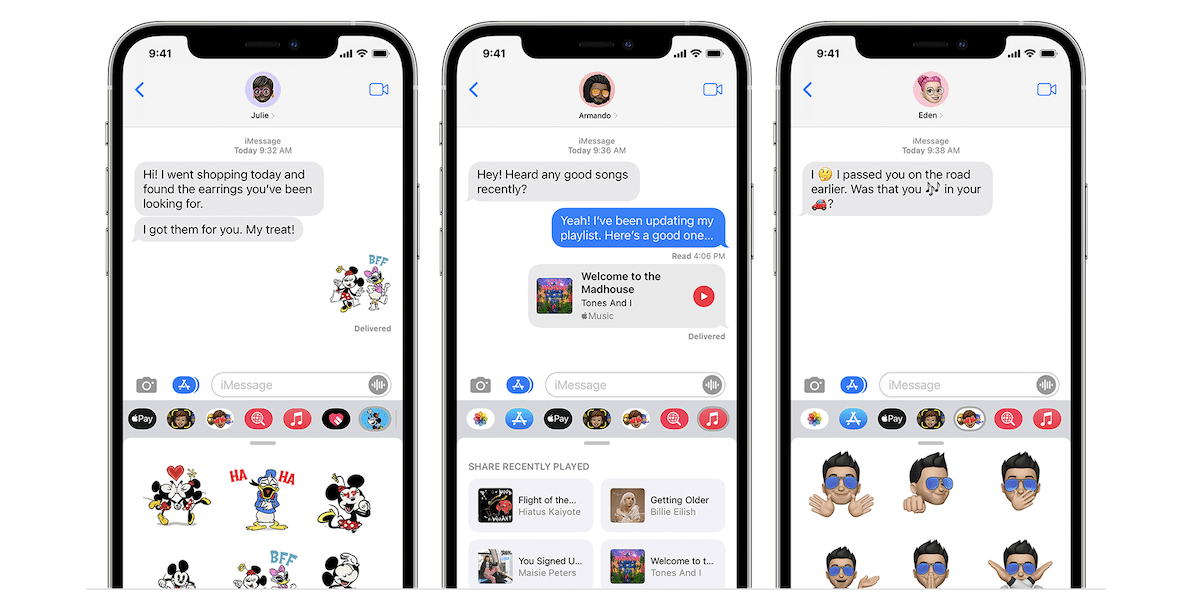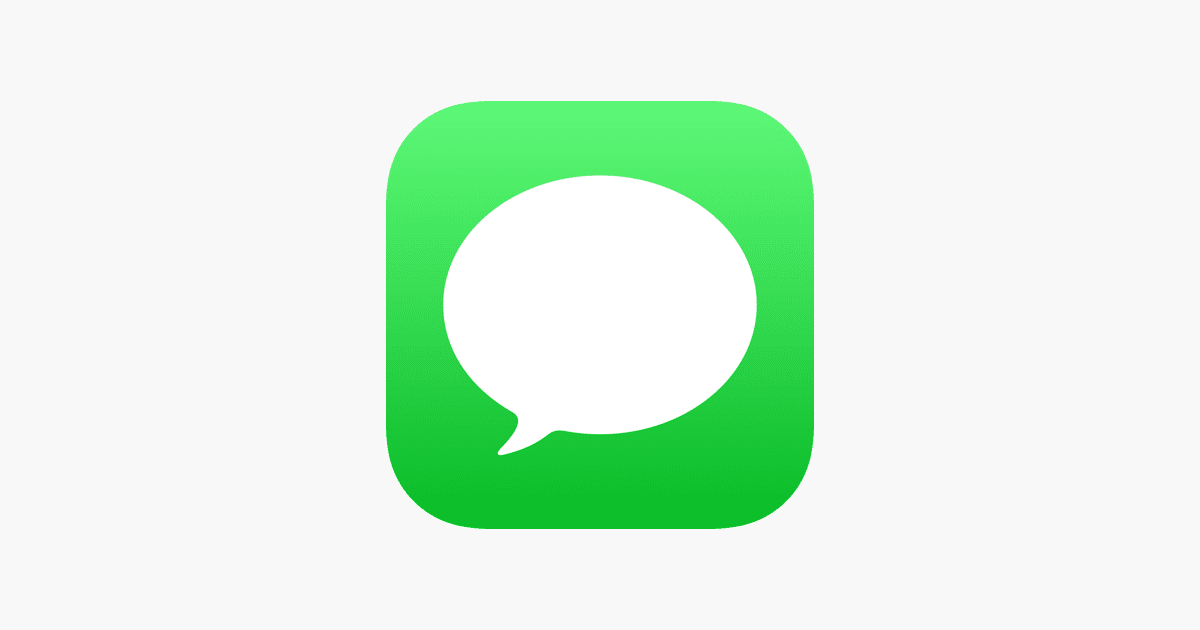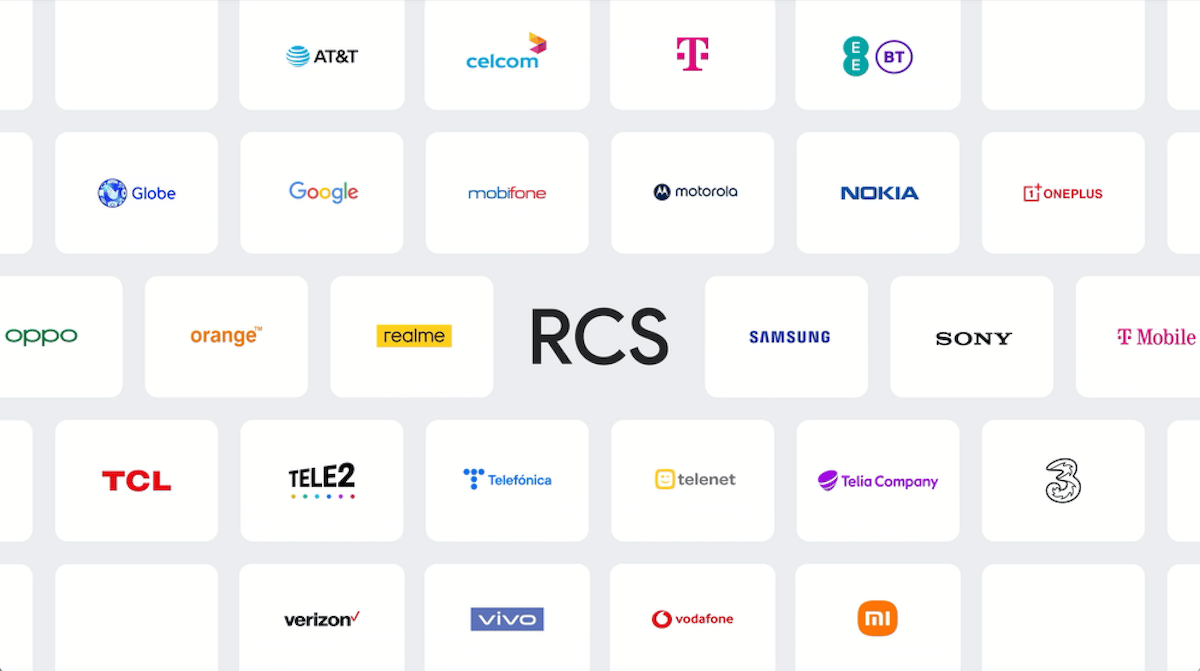Apple’s iconic blue bubbles have been the subject of debate for many years. Especially when compared to the green bubbles of standard SMS used by Android users.
Some believe that Apple should not monopolize its messaging platform and should instead open up iMessage to Android, This would effectively give the general public access to the exclusive blue bubbles and their subsequent features. However, the issue may not be as simple as you think.

Breaking down Apple’s exclusive blue bubbles and the iOS ecosystem
1. iMessage as a strategic differentiator
For Apple and its ecosystem, iMessage serves as a strategic pillar. The seamless integration of the messaging app with other Apple devices, features like group chats with Animoji/Memojis, and end-to-end encryption create a user experience that’s difficult to replicate on other platforms.

For Apple, iMessage exclusivity incentivizes users to stay within that ecosystem, boosting hardware and software sales. Opening it up to Android could weaken this strategic advantage.
2. Technical challenges
Integrating iMessage with Android poses technical challenges. Apple’s messaging protocols are proprietary, and replicating their functionality and security on Android wouldn’t be straightforward. Additionally, ensuring a consistent and smooth experience across different Android devices with varying software versions adds another layer of complexity.

3. Fragmentation concerns
The Android ecosystem is notoriously fragmented, with numerous device manufacturers and software customizations. This fragmentation makes it difficult to guarantee a uniform iMessage experience for all Android users. Apple might be hesitant to compromise its quality standards by opening up to such a diverse landscape.
4. Not just about features
The green vs. blue bubble debate often overlooks the bigger picture. While features like read receipts and typing indicators are convenient, the core issue lies in the underlying messaging protocols. SMS, the standard for green bubbles, is a decades-old technology with limitations in encryption, group messaging, and multimedia capabilities. Apple’s focus on developing a more advanced and secure messaging experience with iMessage shouldn’t be penalized for not readily integrating with an outdated system.
5. User choice and competition
Ultimately, users deserve the freedom to choose their preferred messaging platforms. Forcing Apple to open up iMessage and blue bubbles could stifle innovation and competition in the messaging space. Users who value the features and security of iMessage should have the choice to remain within the Apple ecosystem, while those who prioritize broader compatibility can opt for other platforms.
Conclusion
At the end of the day, Apple has the final say on whether or not it wants to bring blue bubbles to Android. Though the idea of a unified messaging platform has its appeal, Apple should not be forced into a decision as it has the potential to negatively impact its business in the long run.
It is important to note that alternatives like RCS (Rich Communication Services) could serve as bridges between messaging platforms. Though RCS may not offer the same features as iMessage, its a step in the right direction for users interested in a unified messaging experience.

The ongoing discussion surrounding blue bubbles will likely persist, driven by the consumer desire for effortless communication and tensions in the tech world. However, understanding Apple’s strategy behind its decision to keep iMessage restricted to its ecosystem can help us to look at things from a different perspective and strive for solutions that cater to the needs of all users, regardless of their chosen platform.